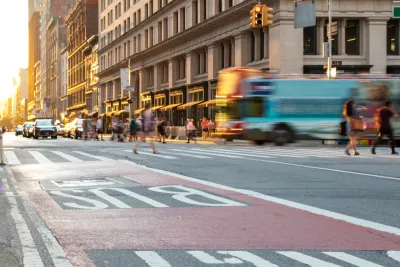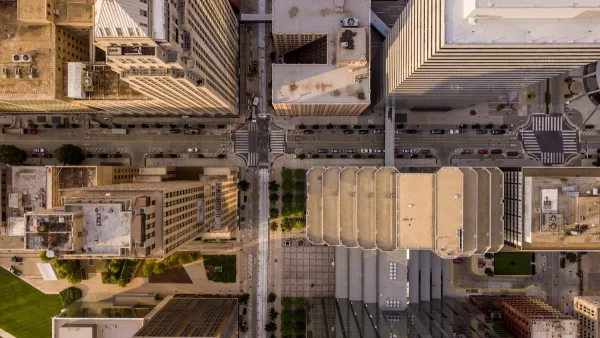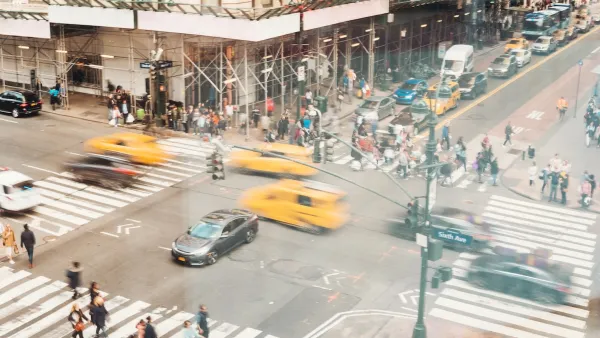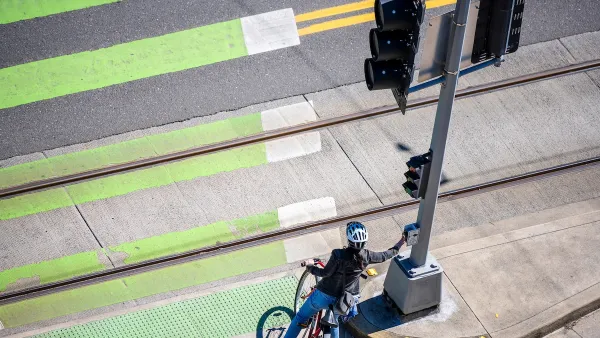While traffic fatalities remain far above zero, the city saw fewer injuries compared to areas without Vision Zero initiatives.

In a piece for The New York Times, James Barron assesses the progress made since New York City first announced its Vision Zero pledge 10 years ago.
According to a new study in The American Journal of Public Health, Vision Zero did more than save lives: it saved Medicaid over $90 million in reimbursements in its first five years. The study found that traffic-related injuries fell significantly compared to counties without Vision Zero programs. “The study also found that low-income New Yorkers had fewer injuries from crashes involving automobiles, bicycles, motorcycles and pedestrians. The sharpest drop in traffic-related injuries, the study said, was among Black New Yorkers.”
The Vision Zero initiative reduced speed limits from 30 miles per hour to 25 mph, made physical safety improvements on city streets, and boosted traffic enforcement, including red light cameras. “The state authorization for red-light cameras will expire this year unless the State Legislature reauthorizes the program. The city has asked to expand it, noting that the cameras have reduced red-light running by 73 percent.”
FULL STORY: How Vision Zero Made New Yorkers Safer and Saved Money

Analysis: Cybertruck Fatality Rate Far Exceeds That of Ford Pinto
The Tesla Cybertruck was recalled seven times last year.

National Parks Layoffs Will Cause Communities to Lose Billions
Thousands of essential park workers were laid off this week, just before the busy spring break season.

Retro-silient?: America’s First “Eco-burb,” The Woodlands Turns 50
A master-planned community north of Houston offers lessons on green infrastructure and resilient design, but falls short of its founder’s lofty affordability and walkability goals.

Test News Post 1
This is a summary

Analysis: Cybertruck Fatality Rate Far Exceeds That of Ford Pinto
The Tesla Cybertruck was recalled seven times last year.

Test News Headline 46
Test for the image on the front page.
Urban Design for Planners 1: Software Tools
This six-course series explores essential urban design concepts using open source software and equips planners with the tools they need to participate fully in the urban design process.
Planning for Universal Design
Learn the tools for implementing Universal Design in planning regulations.
EMC Planning Group, Inc.
Planetizen
Planetizen
Mpact (formerly Rail~Volution)
Great Falls Development Authority, Inc.
HUDs Office of Policy Development and Research
NYU Wagner Graduate School of Public Service




























